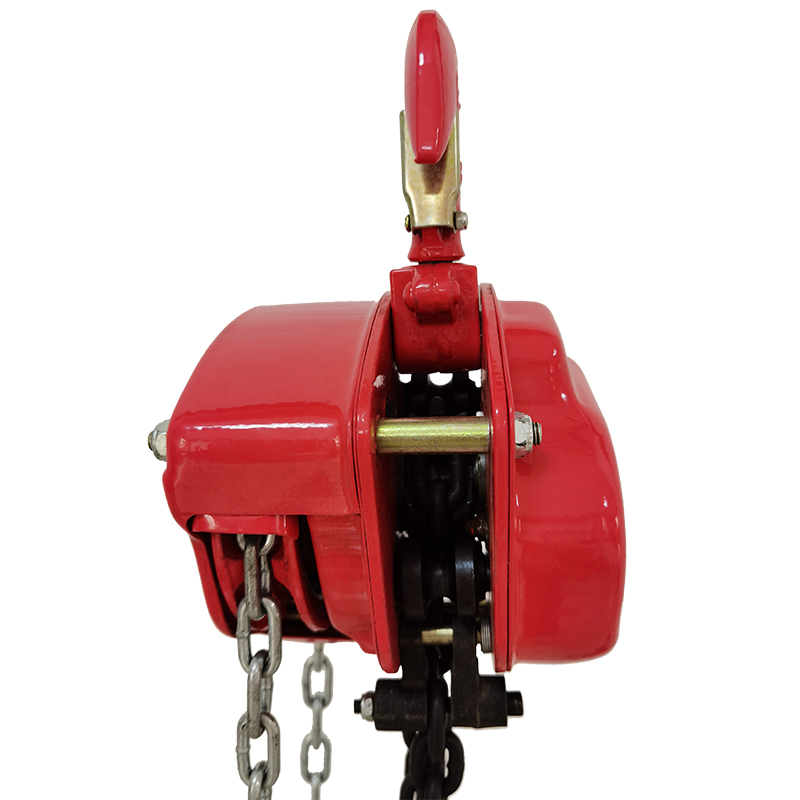


Fall Protection FAQ Understanding Safety in the Workplace
In various industries, especially construction and maintenance roles, falls are a significant cause of injury and fatalities. With this in mind, understanding fall protection regulations and best practices is crucial for ensuring safety in the workplace. This article seeks to address common questions and concerns regarding fall protection, providing insights into its importance and practical applications.
What is Fall Protection?
Fall protection refers to a set of safety measures and equipment designed to prevent workers from falling from elevated surfaces. It includes different types of systems, such as guardrails, safety nets, and personal fall arrest systems (PFAS). The primary aim is to protect employees who are working at heights, usually defined as six feet or more in most construction environments.
Why is Fall Protection Important?
The statistics speak for themselves; the U.S. Occupational Safety and Health Administration (OSHA) reports that falls are one of the leading causes of workplace deaths, accounting for about 33% of fatalities in the construction industry. Implementing effective fall protection protocols not only protects employees but also helps companies avoid costly fines, lawsuits, and loss of workforce productivity resulting from injuries.
Who is Responsible for Fall Protection?
The responsibility for fall protection largely rests with employers; however, employees also share in maintaining a safe working environment. Employers must assess the worksite for fall hazards, implement appropriate fall protection measures, provide proper training, and ensure that all equipment used is compliant with safety standards. Employees, on the other hand, are expected to follow safety protocols and use fall protection equipment as instructed.
What are the Types of Fall Protection Systems?
1. Personal Fall Arrest Systems (PFAS) These systems include harnesses, lanyards, and anchor points that work together to catch a worker in the event of a fall. PFAS must be designed, tested, and maintained according to industry standards.
2. Guardrails Protective barriers installed around edges of elevated surfaces can prevent falls. They should be placed at the right height and designed to withstand a specified load.
3. Safety Nets Used beneath elevated work areas, safety nets catch falling workers and debris, reducing the risk of injury.

4. Warning Systems Designated areas can be marked with warning lines to alert workers to potential fall hazards.
When is Fall Protection Required?
Fall protection is required whenever workers are at risk of falling six feet or more in construction, or four feet in general industry settings. Employers must evaluate their job sites and determine the need for fall protection based on the tasks being performed and the height of work surfaces.
What Training is Necessary for Fall Protection?
Workers who are exposed to fall hazards must receive proper training on the use of fall protection systems. Training should cover recognizing potential fall hazards, understanding the components of fall protection systems, conducting safety checks on equipment, and knowing how to respond in the event of a fall. This training should be documented, and refresher courses should be provided regularly.
How Can Employers Ensure Compliance with Fall Protection Regulations?
1. Risk Assessment Employers should regularly assess work environments for potential fall hazards and take corrective actions.
2. Written Fall Protection Program Establishing a clear program outlining fall protection measures, responsibilities, and procedures is essential.
3. Regular Inspections Frequent inspections of fall protection equipment and practices help to ensure ongoing compliance and safety.
4. Encouraging Reporting Employees should feel comfortable reporting safety concerns. An open-door policy can facilitate better communication about potential hazards.
Conclusion
Investing time and resources into a robust fall protection program is essential for safeguarding employees and fostering a culture of safety. By understanding key aspects of fall protection, employers can minimize risks associated with falls and preserve their workforce’s well-being. Ultimately, a proactive approach to fall protection helps save lives, reduce injuries, and promote a safer working environment for everyone involved.



